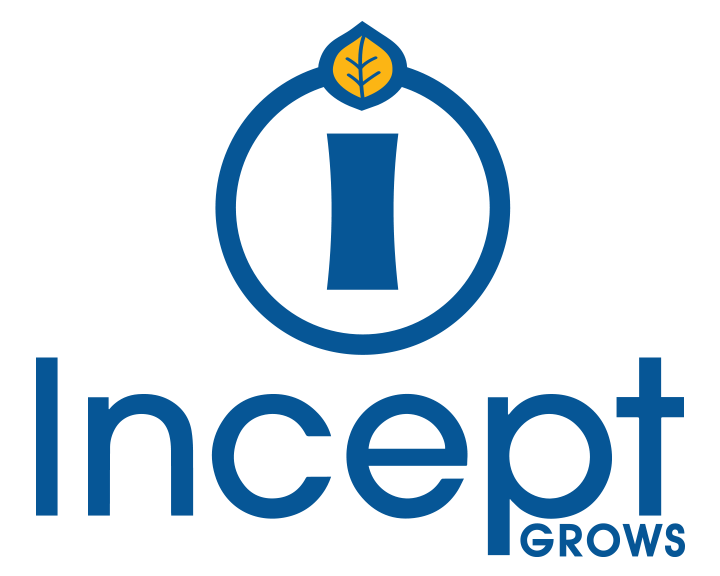The Science and Art Required for B2B Lead Generation
As we evaluate the world of B2B lead generation, we see two prevailing schools of thought - science-based verse art-based lead generation.
Science-Based Lead Generation
The first school of thought revolves around lead generation being very scientific. Proponents of this theory focus strictly on the numbers - if you need this many leads, you get this many contacts, you'll convert this many people into X and Y responses, and then be able to calculate the pipeline value.
It's very systemic, sterile, and quantified and does an excellent job of pointing out that it's critical to have a great set of numbers to understand how your campaigns will play out. Everything is a controlled experiment so the process is significantly more important than the person.
Art-Based Lead Generation
The other version nearly goes to the complete opposite end of the spectrum. This group focuses on the art and skill of the lead generator - that they have this intangible characteristic and charisma that just can't be quantified, but “you know it when you see it”. These artists can generate leads in a way that others don't have the ability to and their skill seems impossible to replicate exactly.
We have these two opposite beliefs and they tend to attract like-minded people, polarized at the two ends of the lead generation spectrum. While these two beliefs compete, lead generation firms tend to attract those that feel strongly about one end or the other. The problem with this is that what we see every day from our lead generators is that the most successful campaigns use nearly an equal combination of both science and art.
How Can We Bring the Two Together?
Like most things in life, success comes with balance and we see the most successful campaigns are derived when there's a combination of quantitative goals and a really controlled environment coupled with some special, charismatic people that have the soft skills to really make it work.
For us, it's not a focus on science versus art, it's the combination of the two that makes our lead generation campaigns so successful. To do that, we build our campaigns to use a combination of scientists and artists in the places their skills are the most needed.
When setting up a new campaign, we really need the scientist to control the experiment. The project management, campaign setup, the script development, and execution plan are held to very tight controls. Because of this, we use somebody who can maintain this plan and make sure everybody's following all the right steps. It really is somewhat more sterile in the fact that we must make sure that all of those things are being evaluated for what they are at the very beginning.
On the opposite end of the spectrum, the person that is delivering the calls, we believe really does have to be more of an artist. They need tools so that they know how they're performing, they need dashboards so that they see where their success is, but for most of their role, if given the right set of tools, they need to just be the executor. They can focus on having some freedom and really delivering whatever the prospect needs at the other end.
In short, successful lead generation campaigns need both the skills of a scientist and artist, as long as both are asked to execute only on the items that map directly to their greatest strengths.
Where do you fall on the lead generation spectrum? Do you think the most successful lead generators are scientists, artists, or some combination of both?

